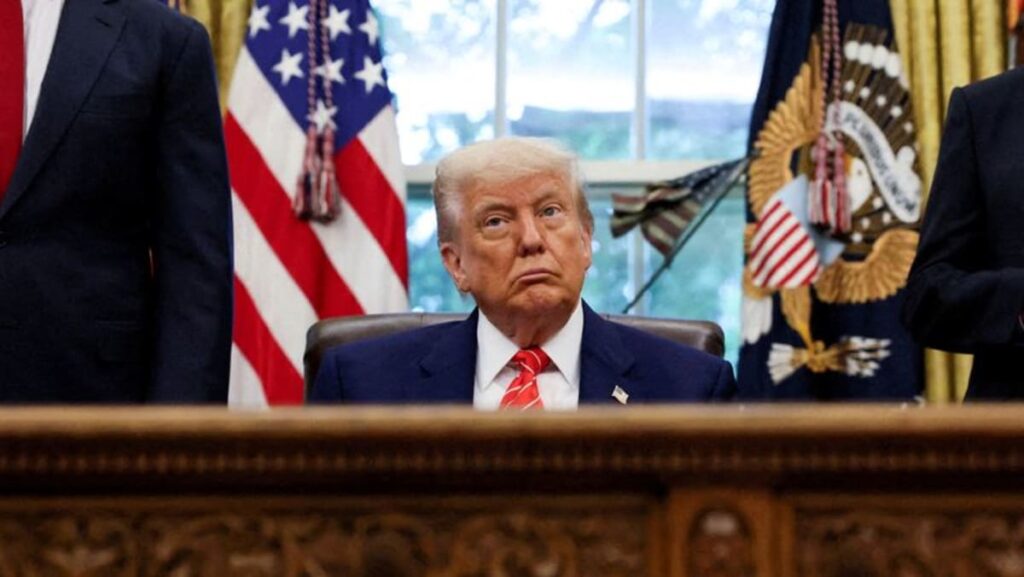TRICKY NEGOTIATIONS
Washington imposed a baseline 10 per cent tariffs on all countries and territories, including Singapore, which buys more from the US than it sells. This will undoubtedly affect but not derail the local economy.
But for some – particularly Cambodia (49 per cent), Vietnam (46 per cent), and Malaysia (24 per cent) – the additional tariffs could permanently damage their trade-driven economies and leave millions unemployed.
Trade negotiations are notoriously difficult and time consuming. Negotiators haggle over tariffs on individual goods, they negotiate non-tariff barriers, and they ask for time for local industries to adjust to concessions.
All these are at play in the Liberation Day tariff negotiations. Almost every Southeast Asian country has offered lower-to-zero tariffs for American goods of importance to the US such as agriculture products, commodities and automobiles. Vietnam, Cambodia and Malaysia have also offered more stringent rules about counterfeits and customs controls, so their territories are not misused by other countries trying to avoid higher tariffs.
Two factors make these negotiations tricker.
One, the region is competing with the rest of the world – and with itself – to get the best possible deal in a near-impossible time frame.
For the US, the biggest bang for the buck will be concessions from its largest trading partners – and then the rest of the world. From the region, only Vietnam is in the list of top trading partners, and it is competing for concessions with the likes of Japan and Canada. Compared with the rest, Vietnam has significantly less leverage with the US, and it is unlikely to end up with the 10 per cent baseline tariff rate.
Countries also have to keep an eye on regional competition. Cambodia, for example, needs to ensure that whatever tariff rate it ends up with, its low-margin, labour-intensive textile and apparel industries don’t become less competitive against companies from Vietnam and others with whom they compete.
Read the full article here
